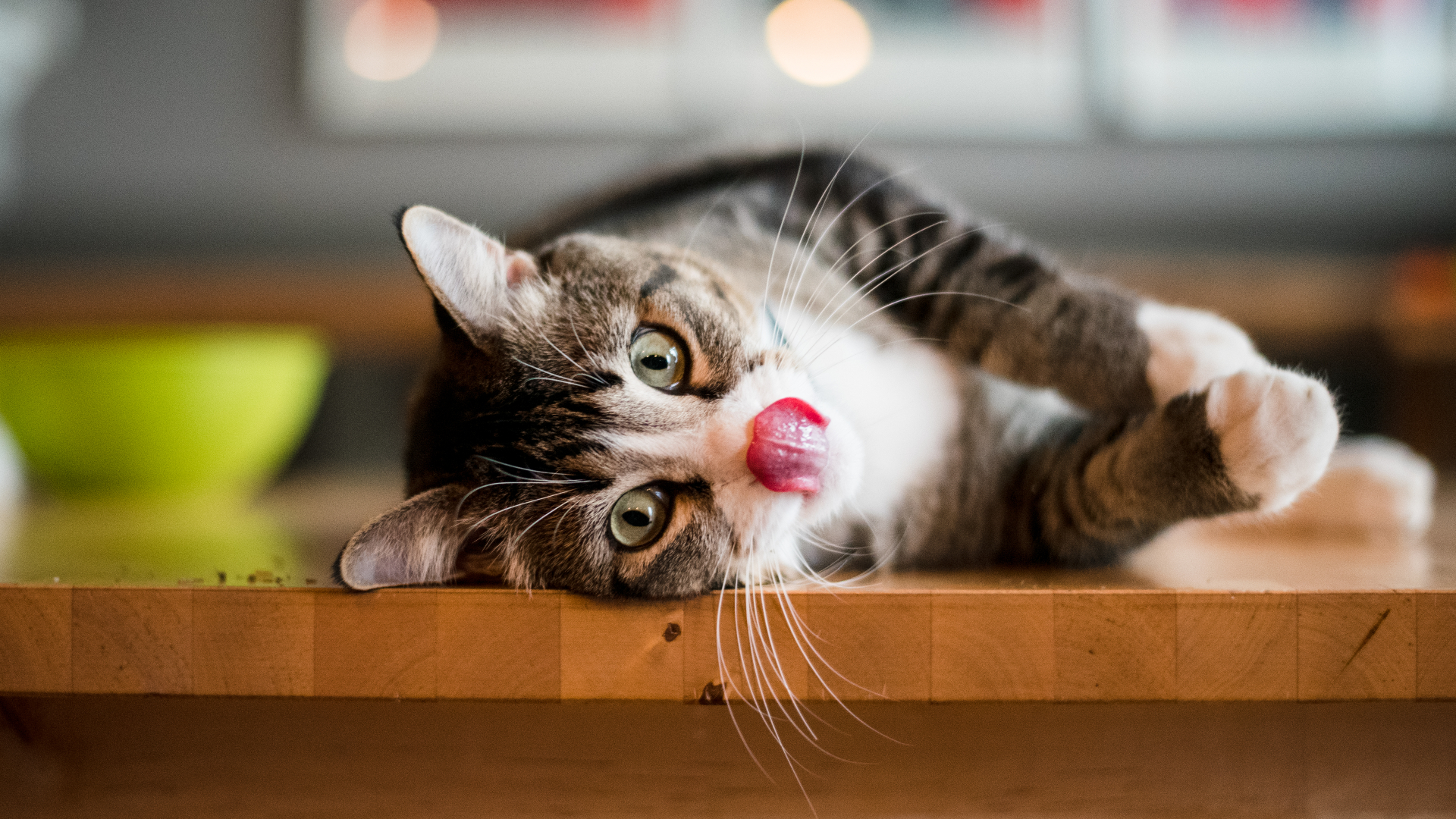Inside the Mind of a Cat: 7 amazing insights from the Netflix documentary
What to know what goes on in a cat's head?!

Inside the Mind of a Cat is a Netflix documentary that offers us the chance to better understand what's going on inside the minds of our feline companions.
Through conversations with cat scientists, researchers and behavioral experts, Inside the Mind of a Cat provides viewers with a deeper insight into how cats think, behave and feel. In just over an hour, you'll learn all sorts about our four-legged friends, including new facts about cat physiology, tips for training cats, and learn how to interpret cat behaviors and feelings.
Here are just a few of the fascinating facts that we learned from Inside the Mind of a Cat.
1. Cats appear to be developing cultural differences
One of the biggest revelations from Inside the Mind of a Cat was that cats appear to exhibit cultural differences, depending on where they've been raised!
This was noted by Dr. Saho Takagi of Japan. She noticed that cats from Japan appear to be much less comfortable in unfamiliar environments compared to cats from the United States, which Takagi suggests could be due to the fact that cats in Japan are primarily kept indoors and rarely encounter strangers.
She ran the same experiments with Dr. Kristyn Vitale, and they observed social differences in their cats' personalities and found that these differences could be handed down through generations.
2. Our relationship with cats has lasted a lot longer than we thought
For a long time now, it's generally been accepted that humans began to domesticate cats in Ancient Egypt, around 4000 years ago. However, an archaeological discovery proved that our relationship began much earlier than was previously thought.
Get the What to Watch Newsletter
The latest updates, reviews and unmissable series to watch and more!
Recently, a cat skeleton was discovered by archaeologists in a neolithic (i.e. the late stone age) burial site on the island of Cyprus. Paleogeneticist Dr. Eva Maria Giegl used DNA to date this find, and it became the earliest known evidence of a human-cat relationship and suggests we've had a connection to cats for at least 10,000 years.
Dr. Eva explains that there were no cats found in Cyprus prior to the neolithic period, which means that someone had to willingly take this cat along with them when they landed on the island.
3. Watching cat videos is genuinely good for us
If you've ever lost or spent way too much time watching cats cause chaos or act out online, don't feel bad. In fact, you might be surprised to know that viral cat videos are actually good for our brains.
According to the documentary, a study has found that cat videos boost positive feelings and decrease our negative emotions. In other words, they provide us with a big hit of dopamine to make us feel just that little bit better.
4. How do cats always end up landing on their feet?
Cats can jump between four and six times' their length in height, and can activate 100% of their muscles when they jump, so how do they always seem to land the right way up?
Like many animals (and humans), cats possess something called the "Righting Reflex", which helps them to recognise where they are in free space. This reflex is a function of the vestibular system, a nervous response which sees hypersensitive hairs in their ears picking up on info like their body position, height and speed and sends that info straight to their brains.
The difference is, cats' reflexes happen way quicker than a lot of other species, and more than twice as a fast our ours, meaning they always know which way is up, and know how best to land on all fours.
5. Cats use their purr to get us to pay attention to them
Cats are far more vocal around humans compared to other cats, and, as Dr. Bruce Kornriech explains, cats appear to have developed the ability to make the right purring sounds to get their owners to pay attention to them.
According to a surprising study, cats seem to be able to make sounds that mimic the same frequencies of crying babies (roughly between 400-600 hz). This sound is designed to get our attention, and modern cats appear to have evolved a way to make a sound that we find very difficult to ignore and make us care for them.
6. Cats look to their owners for emotional advice
According to Dr. Kristyn's research, cats might be picking up on how we feel. Through a demonstration of the "Social Referencing" test, she shows that her cat, Carl, models his own response to a normal object (in this case, a desk fan with paper attached to it.)
When she acts frightened of it, Carl tries to hide from the fan, but when she's happy towards the fan, Carl is far more comfortable and confident around it. This isn't limited to Carl, either; 79% of cats look to their owners for how to react to certain phenomena and feel our feelings.
7. You can build a stronger bond with your cat by blinking
Early in the doc, Dr. Wailani Sung, Director of Behavior and Welfare at the San Francisco SPCA offers up some advice for new owners who are planning on bringing a cat into the family and some tips on forming a bond with your new pet.
Cats blink slowly to indicate that they're friendly to other creatures; it's essentially like smiling and spreading positive emotions. So, if you want to get a new cat to like you, try giving them a slow blink before you get too close.
IIf you want to learn even more about our furry friends, you can stream Inside the Mind of a Cat on Netflix right now. If you're looking for even more factual shows to dive into, check out our guide to the best Netflix documentaries.

Martin was a Staff Writer with WhatToWatch.com, where he produced a variety of articles focused on the latest and greatest films and TV shows. Now he works for our sister site Tom's Guide in the same role.
Some of his favorite shows are What We Do In The Shadows, Bridgerton, Gangs of London, The Witcher, Doctor Who, and Ghosts. When he’s not watching TV or at the movies, Martin’s probably still in front of a screen playing the latest video games, reading, or watching the NFL.










